Diabetes is a fairly dangerous disease, according to statistics, almost every 4 people are susceptible to it. Because the number of patients currently exceeds the threshold of 350 million people, the diabetic diet is being carefully studied, according to experts, not only patients but also those prone to the disease must adhere to.
Excessive weight, genetic factors or stomach diseases can lead to insulin suppression and other unpleasant manifestations, and adherence to the diet will become a necessary measure to maintain the condition. normal state.
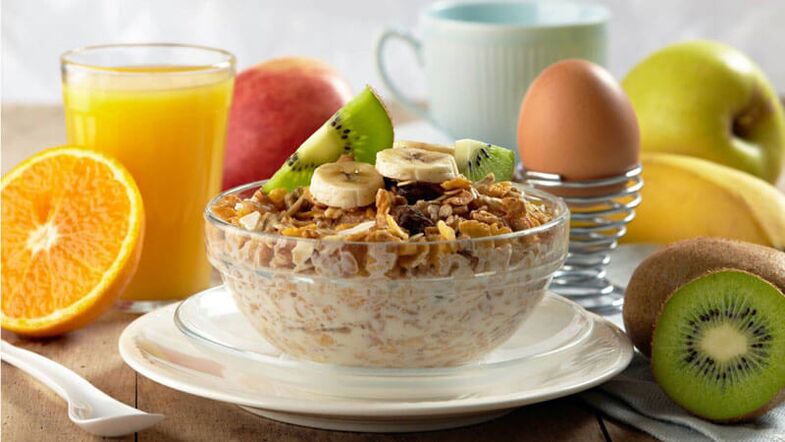
Nutritional features in diabetes
Diets for diabetes can vary significantly depending on the type of disease. As a rule, there are 2 main types of diabetes, in which there are several forms and rules of nutrition, which are caused by metabolic disorders and the conversion of sugar into glucose.
But each type of disease needs to adhere to the general eating habits.
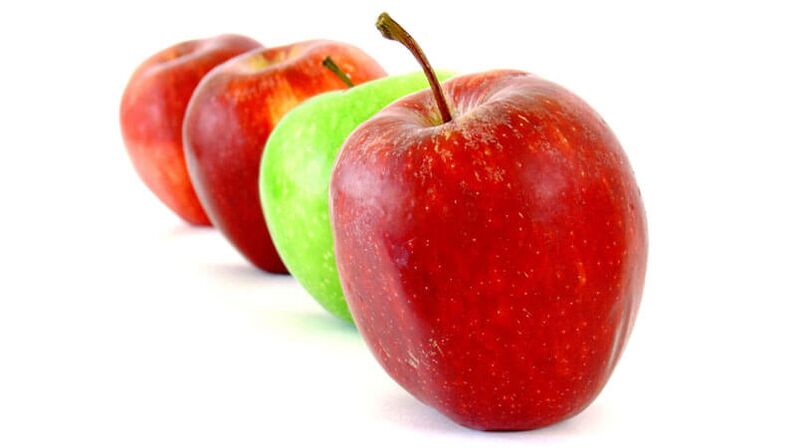
Basic nutrition guide for diabetes
Diet for diabetes should be made strictly following the basic rules. So, for both types of diseases, there are the following aspects of the diet:
- The diet should contain proteins, fats and carbohydrates in a balanced ratio in relation to the presence of disease.
- The number of meals should be increased slightly. Therefore, you should eat every 3-4 hours with small portions, diabetic foods should be low in calories.
- The calorie content of foods and dishes needs to be calculated carefully and thoroughly - should not exceed the amount of daily energy intake. Otherwise, the likelihood of weight gain increases, in which diabetes is fraught with complications.
- Almost any diet for patients with the disease presented follows the foundation of a correct and balanced diet. You should include in your diet vegetables and fruits, carbohydrates and proteins, do not ignore fats and amino acids.
It should be noted that each patient should consult their healthcare professional about the nutritional basics for their particular case. A particular diet should not be followed, even if it is intended for people with diabetes, without consulting a doctor.
The attending physician must calculate the calorie content of the patient, as well as make certain changes in accordance with the individual characteristics of the organism.
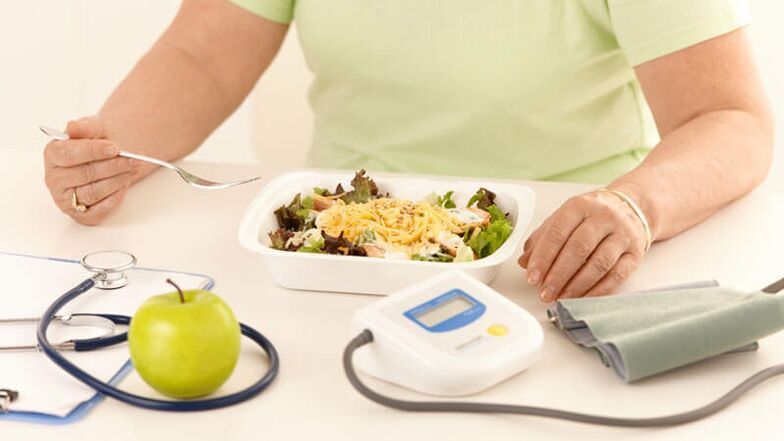
Type 1 diabetes and diet
It may sound strange but the type 1 diabetes diet is based on precise insulin delivery, so here you should be aware of the use of foods that significantly increase sugar levels. in blood.
It turns out that for such patients, nutrition does not require any restrictions, it is only necessary to do the right accounting and get insulin into the blood in a timely manner. The following principles and rules for administering insulin are presented here:
- Do not pay attention to foods that do not contain a lot of carbohydrates in their composition. For example, meat and fish, eggs and cheese, cottage cheese and butter can be consumed in reasonable amounts, but their intake should not be reduced or eliminated.
- Only products containing carbohydrates can be counted - these are flour products and confectionery, as well as plant products and liquid dairy products.
Insulin should be administered according to the amount of food consumed. You should also adjust yourself in time in the consumption of food. Here you need to use the following guidelines and rules for administering insulin:
- if treatment occurs with short-acting insulin, insulin administration takes place 20 minutes before a meal;
- if treatment occurs with insulin of medium duration of action, insulin administration occurs 40 minutes before a meal;
- When using a combination insulin, it is given on a schedule 20 minutes before breakfast, every 3 hours during the day, and half an hour before a full dinner.
The insulin dose should be calculated according to the amount of food consumed. The calculation is done by calculating bread units (XE).
The unit is a 25 g piece of bread (10-12 g of carbohydrates), which raises a person's blood sugar by 1. 8 mmol/L.
Your attending physician can tell you exactly what the calculations are. In addition, in order to correctly calculate the insulin dosage, you should study the table, which displays the indicators of the carbohydrate content of each product.
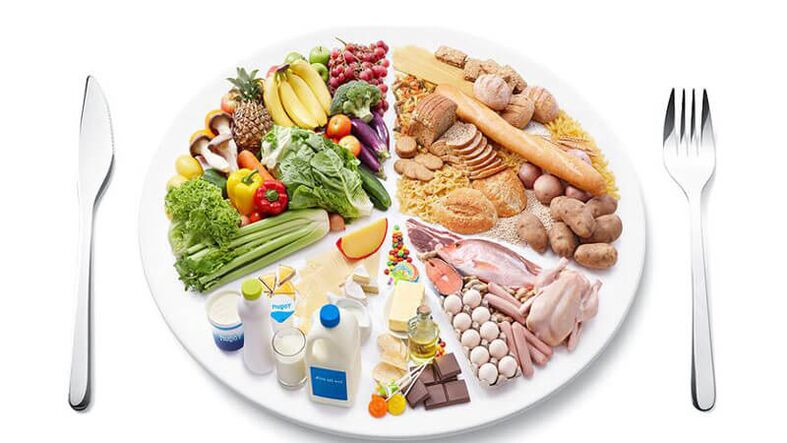
Type 2 diabetes and diet
The type 2 diabetic diet is significantly different from the type 1 diet. Here one should take into account not only the products that are allowed to be consumed, but also the calorie content carefully. in the daily diet. So here are the following metrics:
- the normal daily calorie content should be in the range of 1600-2500 kcal, depending on the patient's weight and energy consumption;
- in the presence of excess weight, the calorie content is necessarily reduced to 1300-1500 kcal;
- if there is too much weight, the attending physician may reduce the calorie content by 1000 kcal per day;
- There are times when the weight exceeds the norm significantly and the daily calorie intake drops to 600-900 kcal.
The calorie content of food should be calculated by the attending physician, since not only the indicators of a person's weight are taken into account, but also the presence of such diseases as arrhythmias, severe chronic diseases, gout and mental disorders.
Diet for patients with type 2 diabetes is as follows:
- Carbohydrates in the total daily diet should not exceed 55%. Priority should be given to products that contain a lot of vitamins, minerals and fiber. For example, whole wheat bread, whole grains, legumes, and vegetables. As for products containing sugar, it is completely removed. Instead of sugar, xylitol or sorbitol is allowed to be consumed at the rate of 0. 5 g per 1 kg of the patient's weight, divided at once into 2-3 doses.
- Protein for patients with type 2 diabetes mellitus is allowed according to the physiological norm of a healthy person - 90 g per day. Prefer lean meat in the form of poultry, lean fish and cheese. The amount of protein in the daily diet is 15-20%.
- 30% of the daily diet contains fat, which comes to the body to a greater extent from vegetable oils.
- They consume salt and fatty foods in limited quantities.
Experts advise to strictly follow the diabetic diet. It is better to plan a menu for each day, for 2-3 days or even a week.
It will not be superfluous to present it to the attending physician, who will be able to make adjustments according to the patient's state of health.

Features of a low-carb diet for type 2 diabetes
As a rule, the majority of type 2 diabetics are overweight, which should be eliminated immediately so that the patient can tolerate the disease more easily and not expose the body to significant "jumps" in terms of weight. blood sugar.
So many experts recommend a low carb diet for type 2 diabetes. What is it?
Scientists have suggested that it is difficult for patients to adhere to proper nutrition and basic principles immediately after their diagnosis.
In addition, the main task here is to lose excess weight, so the patient needs to reduce their calorie intake, which is not always possible.
Thus, a person begins to experience a sharp drop in blood sugar, followed by a constant feeling of hunger. This, according to scientists, can be easily avoided by eating more protein.
Protein foods are great for weight loss. In addition, in diabetes, protein foods are safest. This diet is more reminiscent of everyone's familiar "Kremlin".
But such a diet should be followed only with the permission of the attending physician, since the intake of large amounts of protein in the body can be dangerous to health and cause exacerbations of the symptoms. Chronic diseases.
If you follow the presented diet, special vitamins for diabetics should be supplemented, which will be prescribed by the attending physician.
Basic principles and knowledge of the "Table 9" diet
Most therapists support not only proper nutrition, but also the use of special medical diets.
So, especially for patients suffering from the stated disease, a diet has been developed, called "Table 9", which corresponds to the approved list of all nutrition establishments. medical care.
She shows the right way to eat with people with diabetes, lists foods that are allowed and prohibited.
The presented menu is also divided into two categories, corresponding to the first and second type of disease. But there are general principles that need to be learned and followed to maintain normal blood sugar levels.
Principles of the diet "Table 9"
The diet presented contains basic principles that should be observed without question. These include the following aspects:
- Meals can be taken up to 6 times a day. The main feature is that you need to eat every 3 hours with small portions.
- The menu for diabetics is compiled not including fried, spicy, fatty dishes.
- You can only eat boiled, stewed and grilled dishes.
- Sweets for diabetics should be replaced with natural products or with added sweeteners.
"Table 9" includes a complete list of foods that are allowed to be consumed, rich in vitamins and other useful trace elements. You should pay attention to those fruits with high ascorbic acid content, which are allowed to be consumed in small quantities during the day.

What can you eat with diabetes?
The diets presented show enough for a person with type of diabetes to eat. These foods are recommended to be included in the diet to maintain sugar levels and prevent complications. Allowed products include:
- all flour products made from whole grains and whole wheat flour;
- sausages are low in fat and fat impurities;
- all fish related to low-fat varieties;
- all types of lean meat;
- greens and greens;
- fruit with low sugar content;
- Oatmeal, buckwheat and millet are allowed from cereals;
- any low-fat dairy products;
- Tea, freshly squeezed juices from fruits and vegetables are allowed, herbal teas are allowed from beverages.
Food is allowed to be consumed according to the above-mentioned rules and characteristics, depending on the type of disease.
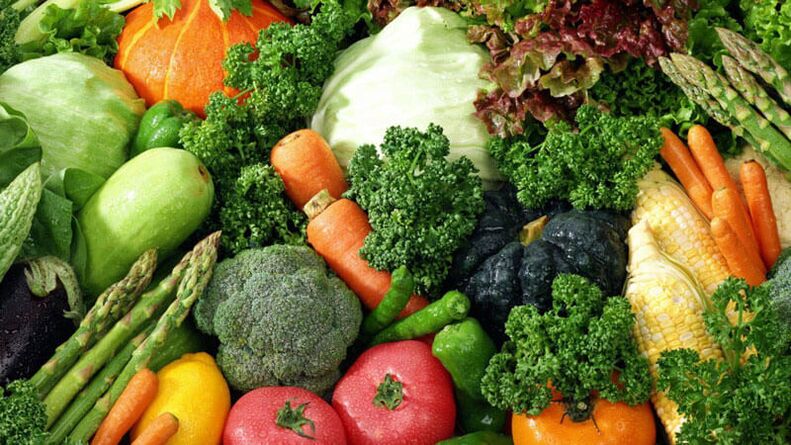
Diabetics should not eat
In the diet "Table 9" there is a list of prohibited foods, they must be consumed with extreme vigilance and precision. The list of prohibited products includes:
- all sweets, including high-sugar sweets (jam);
- fatty poultry meat;
- salinity in the form of salted fish, canned salt and other sour foods;
- fatty and drinkable fermented dairy products, for example, baked milk, ice cream and yogurt;
- you can not eat strong meat broth;
- pasta, rice and semolina are prohibited - they increase the amount of sugar;
- hot spices, seasonings, snacks;
- sweet fruit;
- industrial juices from packages - they have a high sugar content;
- any alcoholic beverage.
The type of illness in this case does not affect the ability to consume prohibited foods. According to experts, even patients with type 1 diabetes should adhere to the diet so as not to aggravate the situation.
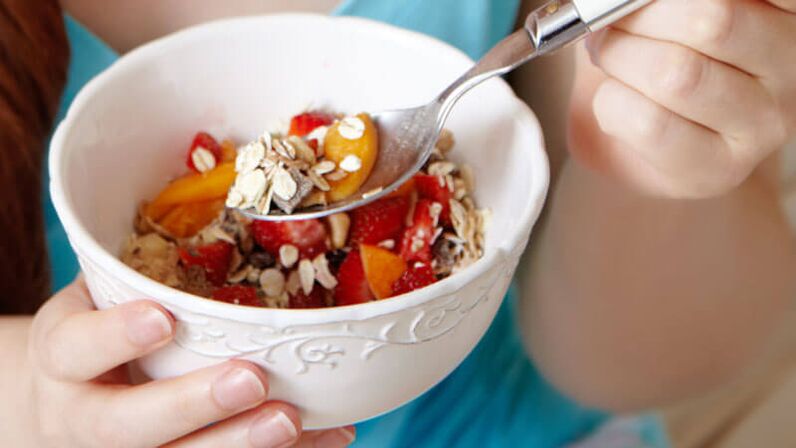
Controversial fruits and vegetables for diabetes
There are some controversial issues in the diets of people with diabetes. It is said that natural products are allowed, including spices, but the doctors themselves began to restrict their use by patients. What is the reason for this?
Controversial fruit in diabetes
The article has repeatedly mentioned that in the case of the presented disease, fruit without sugar is allowed to be consumed. They contain little sugar, and so it won't harm the patient in any way.
However, people with diabetes eat what fruit, even patients with long-term experience do not know exactly. There is no need to talk about the ban on the use of grapes, but there are a number of controversial fruits, including:
- Peach. Is it possible to eat persimmon with diabetes, if its taste is a bit like sweet. It is this fact that confuses most patients.
It turns out that, in fact, this fruit contains many vitamins, amino acids, trace elements and sucrose. This fact allows even sick people to use persimmon because it has a nourishing effect on the body. But this fruit also has a high glycemic index - 70%.
It turns out that you can eat persimmons, but only in limited quantities - 70 g of the fruit is 1 XE. Persimmons for treating type 2 diabetes are also allowed but in limited quantities - no more than 1 per day.
- Officials. Citrus fruits are allowed for diabetics, but in moderation. But whether eating tangerines has diabetes is something to discuss.
The fact that tangerines contain a large amount of carbohydrates causes the blood sugar of diabetics to rise sharply. Therefore, experts advise you not to eat tangerines, even in moderation.
- Watermelon and melon. At the end of summer, the melons are ripe, which encourages the patient to eat watermelons and melons.
These berries have a high glycemic index - 75% and 65% respectively. This results in a large amount of sugar being released into the patient's bloodstream, causing irritability and leading to fainting.
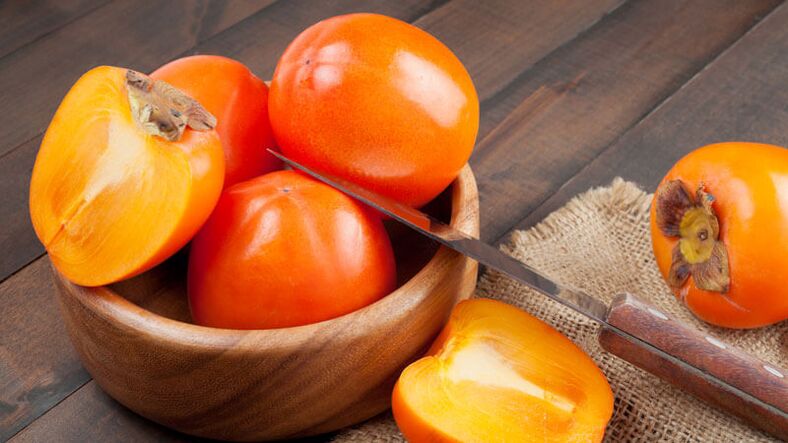
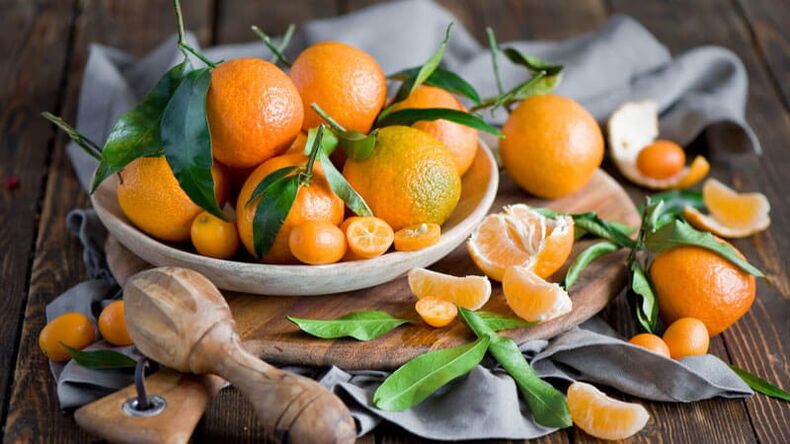

These diabetic products are prohibited or required to use bread units. Each patient should consult the attending physician, who can calculate the allowable dose of the fruit for consumption.
Controversial vegetables and roots in diabetes
The use of purslane in diabetes is also controversial.
Many patients don't even realize that root vegetables and plants such as potatoes, carrots, beets and tomatoes are being banned most severely.
The listed vegetables contain a large amount of glucose, starch and sugar, which is unacceptable for patients with diabetes.
The following products were also considered:
- Jerusalem artichoke for diabetesRecommended by many experts. It contains many amino acids, trace elements and inulin, at least 80%. This enzyme is a polysaccharide made up of many fructose chains. It turns out that this root vegetable should not be consumed in unlimited quantities, but it must be included in the diabetes diet, since its benefits lie in preventing the occurrence of diabetes. gastrointestinal disease.
- Pumpkin is a useful vegetable for diabetics. It contains a large amount of protein, carbohydrates, fiber, which has a positive effect on weight control and maintenance, and also contributes to weight loss. As a result, pumpkin with type 2 diabetes is definitely worth eating, you just need to carefully monitor the amount of product in a serving, as it also has a high sugar content.
- Sauerkraut with diabetes is also controversial, because, as noted above, it is forbidden to salt the patient. However, this salt is allowed to be consumed by type 2 diabetics. Cabbage and pickles improve metabolism, leading to gradual weight loss. In addition, there are qualities that are useful for the work of the digestive tract. Therefore, you can use sauerkraut, but only in small quantities.
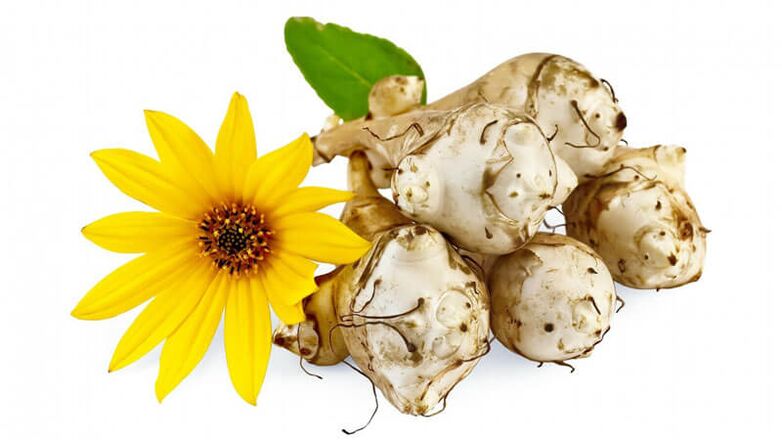
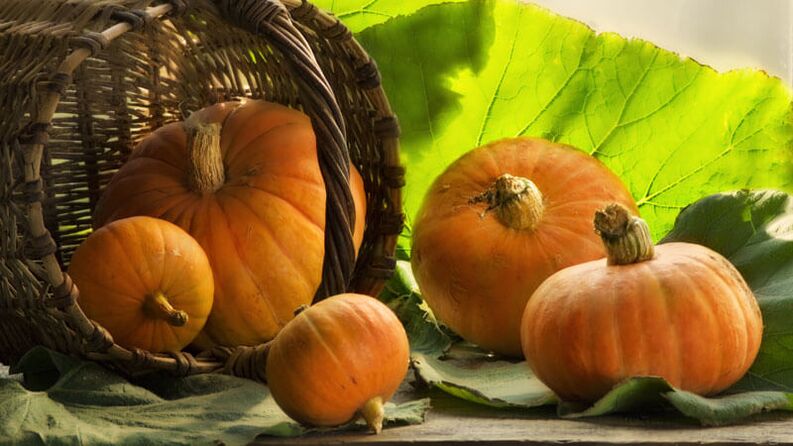
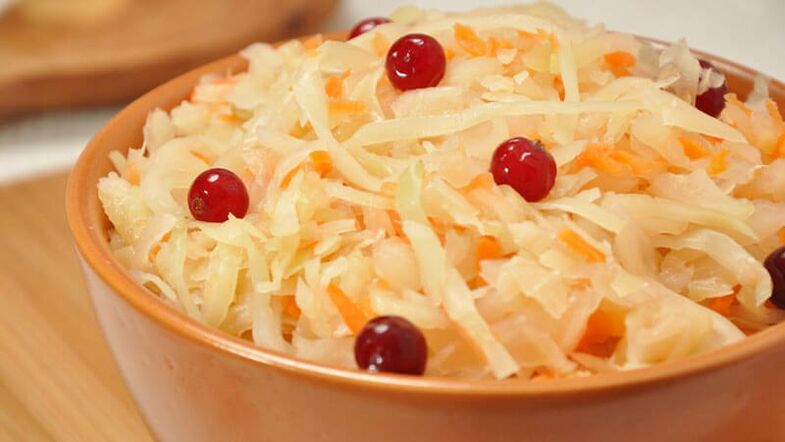
Looking at the recipes for diabetics, you can reveal a lot of interesting things in the use of foods, including vegetables and fruits.
Here, you should carefully consider the amount of product required for cooking. If necessary, you should calculate the amount of food that is allowed to be consumed.
Healthy food for diabetes
For diabetics, some natural products act only as a beneficial effect on the functioning of the whole body. So, for example, you cannot completely rule out the consumption of glucose. It is the basis of most processes in the human body, acting as a component.
Based on the necessity and benefits of using natural products for diabetes, the scientists came up with their list, which lists all the properties to follow when choosing andat the time of diet formulation.
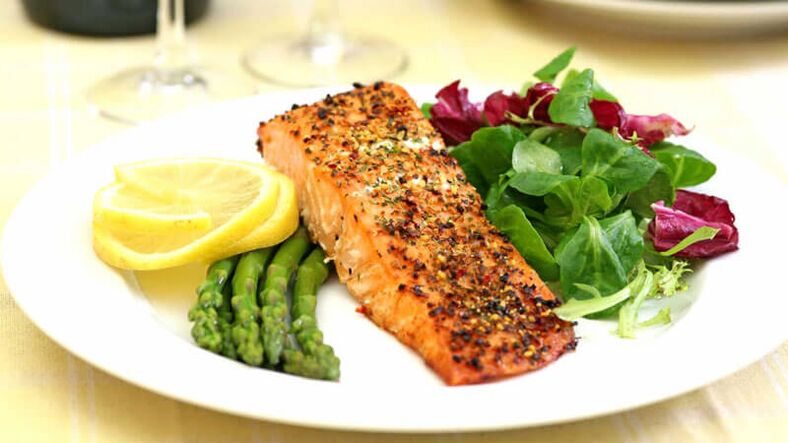
honey
Most patients refuse to consume honey. To them, it seemed to contain a lot of sugar and glucose. As it turns out, this natural product is only 40% sucrose. But it contains the same amount of glucose, which can make the use of honey banned for diabetes.
However, experts say that honey is simply no substitute for diabetes. They can replace regular and conventional sugar.
One serving of honey for type 2 diabetes should be no more than 1-2 tbsp. Break it up into several steps: add to scones or tea.

Cinnamon
Cinnamon is a must for patients with type 2 diabetes. Due to the composition of the spice in the body, the sensitivity of cells to insulin is increased, which helps to normalize and reduce blood sugar.
In addition, cinnamon in diabetes helps to clean blood vessels and internal organs from toxins and toxins, which has a positive effect in preventing thrombophlebitis and other serious diseases.
For a pleasant cinnamon flavor, add half a teaspoon to your tea or coffee. You can also sprinkle a little spice on all dishes, to suit your taste and preference.
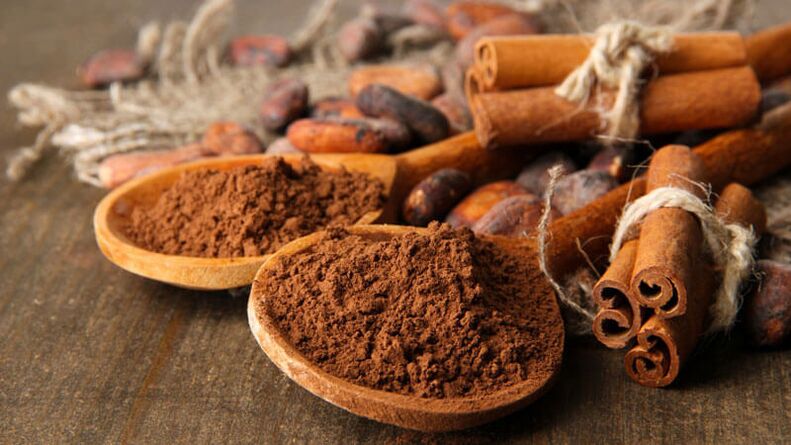
bay leaf
Bay leaf in diabetes is necessary to use, but is contraindicated in the presence of serious diseases. Therefore, this natural product must be used to strengthen immunity, accelerate metabolism, cleanse the body of toxins and toxins.
On the other hand, bay leaf should not be taken by people with end-stage diabetes, kidney disease, or stomach ulcers.
Bay leaves are required for type 2 diabetes, when the patient is overweight and has high cholesterol.
The use of bay leaf is allowed in the form of a sauce for dishes, but it is still more useful to use an infusion. To prepare it, take 10 laurel sheets and pour three cups of boiling water.
Leave the infusion for 3-4 hours. Take the preparation of 100 g up to three times a day and half an hour before meals. This will help keep your blood sugar at the correct level.

Stevia
Almost no one knows about the benefits of stevia for diabetes, but regular use helps maintain glucose at the required level, strengthens blood vessels, lowers cholesterol and blood pressure, significantly improves micro-organisms. blood cycle.
The collection is easy to buy at the pharmacy. It should be brewed according to the instructions presented, and the herbal tea should be drunk hot and in small sips.
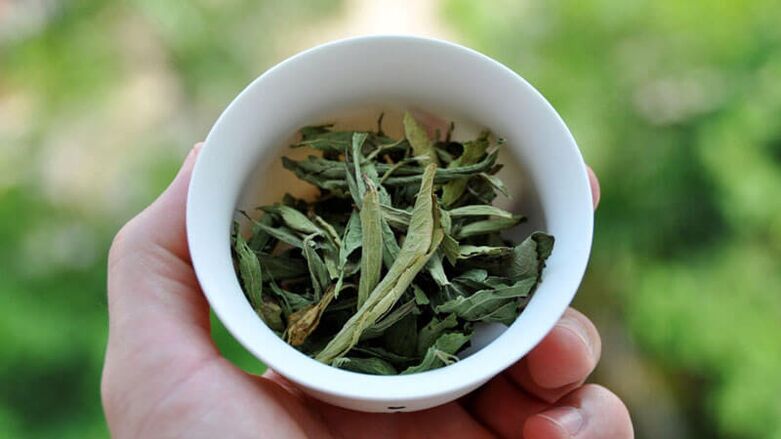
Eating with diabetes properly, in accordance with the basic recommendations of the specialist. This way, you can keep your blood sugar at a healthy level and feel great in any emergency.

































